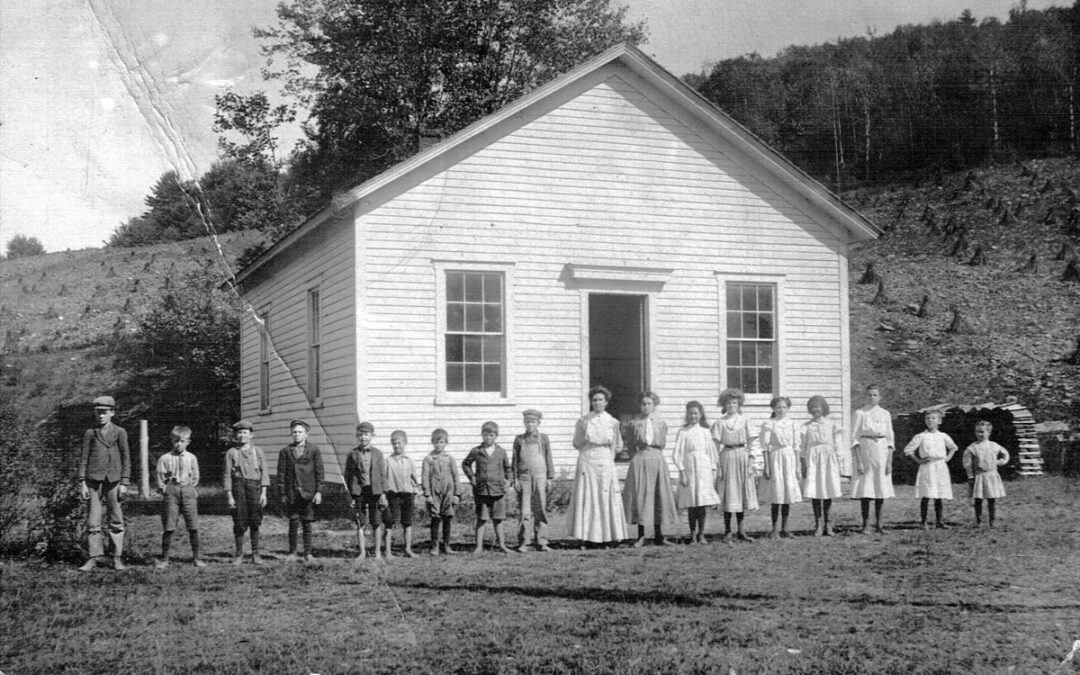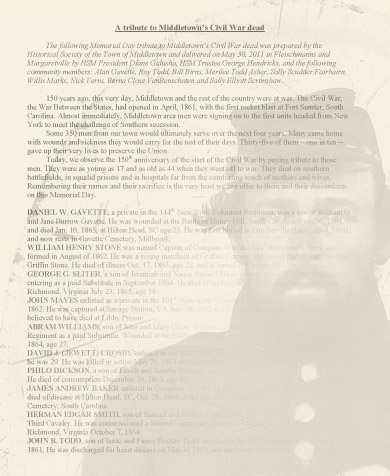This wonderful undated photo postcard of a one-room schoolhouse, with the teacher in the center of 17 students, was loaned for scanning by Bob Vredenburgh. His mother was a Shultis, and they had a farm on the Denver Road a mile or so up from Kelly Corners. Bob has several photos of the Pink Street school where the Shultis kids went, but this photo is of a different school. Can anyone identify the location, the teacher, or any of the pupils?
The postcard is addressed to Mr. Judson Haynes, Seager, NY: “Dear Juddie, This is a picture of my school and school house. It was taken one day this fall.” Signed E. E. P.
It looks to be prior to 1910. And are those corn shocks in the field behind the school?!




